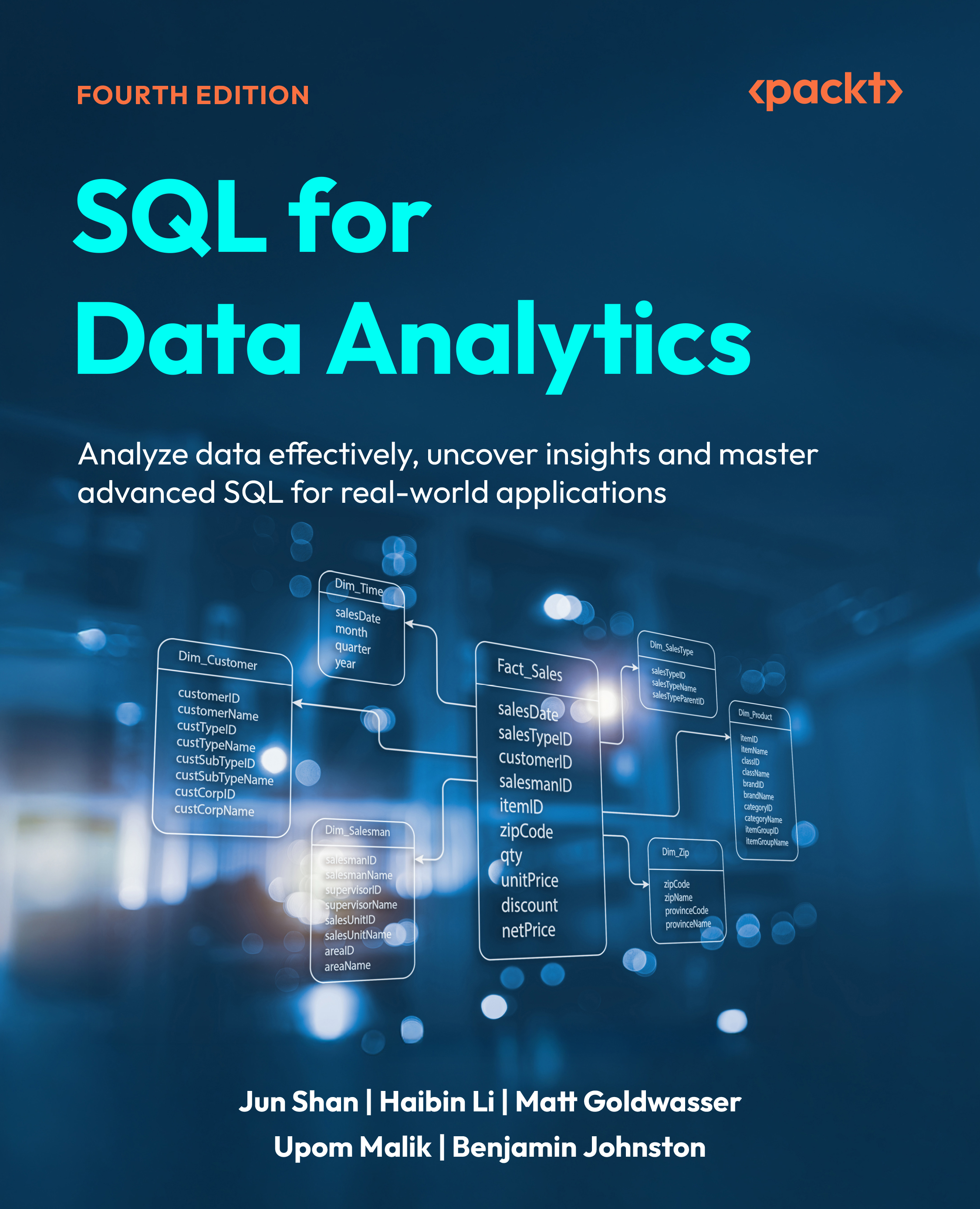Analyzing correlation and performing regression
Correlation is a statistical measure that quantifies the strength and direction of a linear relationship between two quantitative variables. To understand correlation, it’s helpful to consider variance and covariance. Variance measures the spread or dispersion of a single variable around its mean. Covariance, on the other hand, extends this idea to two variables. It measures the direction of the linear relationship between them, indicating whether they tend to vary together (positive covariance) or in opposite directions (negative covariance). However, the magnitude of covariance is not standardized and depends on the units of the variables, making it difficult to directly interpret the strength of the relationship. This is where correlation becomes useful. The Pearson correlation coefficient (r) can be seen as a standardized version of the covariance. It’s calculated by dividing the covariance of the two variables from...

































































